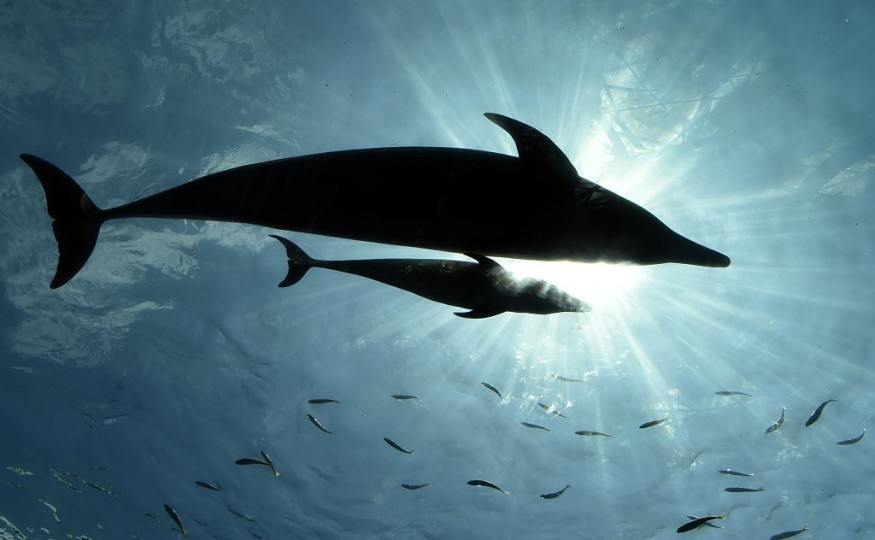
Following numerous individuals being attacked while swimming, vacationers in Japan were urged to be wary of dolphins.
Japan's Biting Dolphins
Dolphins are viewed as sociable and adorable creatures who enjoy swimming with living beings, however officials in one Japanese district recently warned against getting overly near to them, as per The Independent.
At least ten incidences featuring dolphin attacks have been recorded in the Fukui district, prompting officials to post placards along the nearby beach advising surfers not even to contact them.
Beachgoers are advised to look from afar and not overrun their area. Dolphins, in fact, dislike having their snout or back fin stroked. The Fukui Local Administration has now overseen the installation of a gadget on the coast that produces high frequency wavelengths that deter the grumpy dolphin from approaching.
In the recent update from news media website, Mirror, the most current incident was recorded on July 24, when a gentleman in his 40s was clawed and sustained hand wounds, according to the Asahi Shimbun.
According to Masaki Tasui of Fukui's tourist ministry, municipal authorities think the wave of violence are the product of the same dolphin, which was first observed at Koshino coastline in April.
While as per state newspaper - Iquirer.Net, ten similar incidences have been reported by shore workers since the coastline finally launched for the season on July 9, wherein two of those incidents occurred on men in their 40s bathing on a seashore in Fukui District.
In conjunction to the never approach dolphins posters on the beachfront, officials want to place gear that generates soundwaves to drive marine mammals far from the beachfront.
According to statement given by Mr. Masaki in Wionews, he further explained that researchers recognize that there are some anatomical regions where dolphins do not want to be handled, such as the peak of its snout and its dorsal fin.
While in a different tweet on Monday, Fukui Prefectural Authorities warned on Twitter that despite dolphins being very adorable creature, they however if people contact feral dolphins irresponsibly, one may get attacked and wounded.
Read also: 'Mortar Wreck': England's Oldest-Ever Preserved Medieval Shipwreck is Now Getting Star Treatment
Frequent Dolphin Attacks on Beachgoers
Dolphins were also sighted frolicking in intertidal zone at the town's Takasu seashore, which is around 10 kilometers northeast of Koshino coastline. As of now, casualties were minimal, although city officials have warned of possibly catastrophic injuries.
As to what the Fukui prefecture law enforcement wrote on media platforms on Monday, advising beachgoers and anyone who possibly want to have close contact with the creature by stating that dolphins prefer to be regarded attractive, however if people encounter untamed dolphins irresponsibly, one can be attacked and harmed.
Moreover, in his official interview Tetsuya Matsuoka, manager of Notojima Aquarium in Nanao, informed Asahi Shimbun that folks have this picture of dolphins as charming beings, although they are predatory lifeforms even so.
Moreover, the dolphins actually possess very strong jaws which makes them dangerous and due to that people must not approach or disturb them to avoid any unwanted incident.
The local authorities further advise the citizens as well as beachgoers that if ever they see any dolphins, people must stay away from them, recalling the example of a gentleman who was attacked on the hand on Sunday, according to Times of India report.
Investigators suspect the assaults are the result of a hostile dolphin that was spotted swimming on another beachfront in April.
Related article : New Study Found Evidence of Stingrays Making Sounds
© 2025 NatureWorldNews.com All rights reserved. Do not reproduce without permission.





